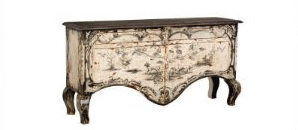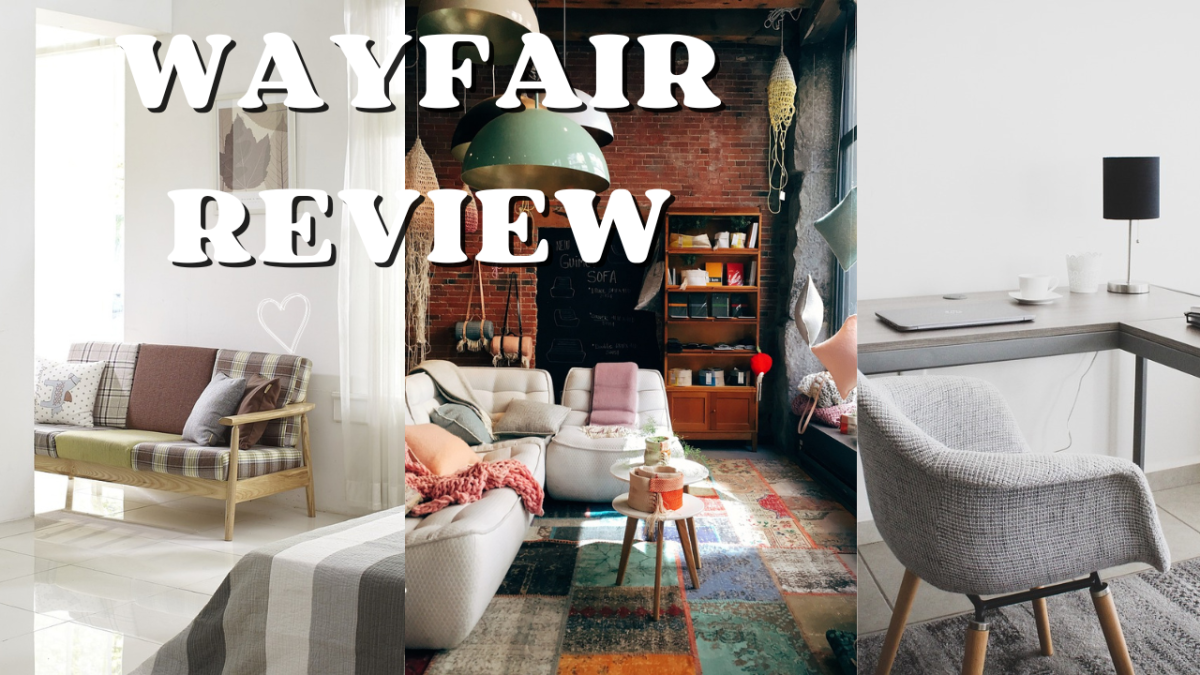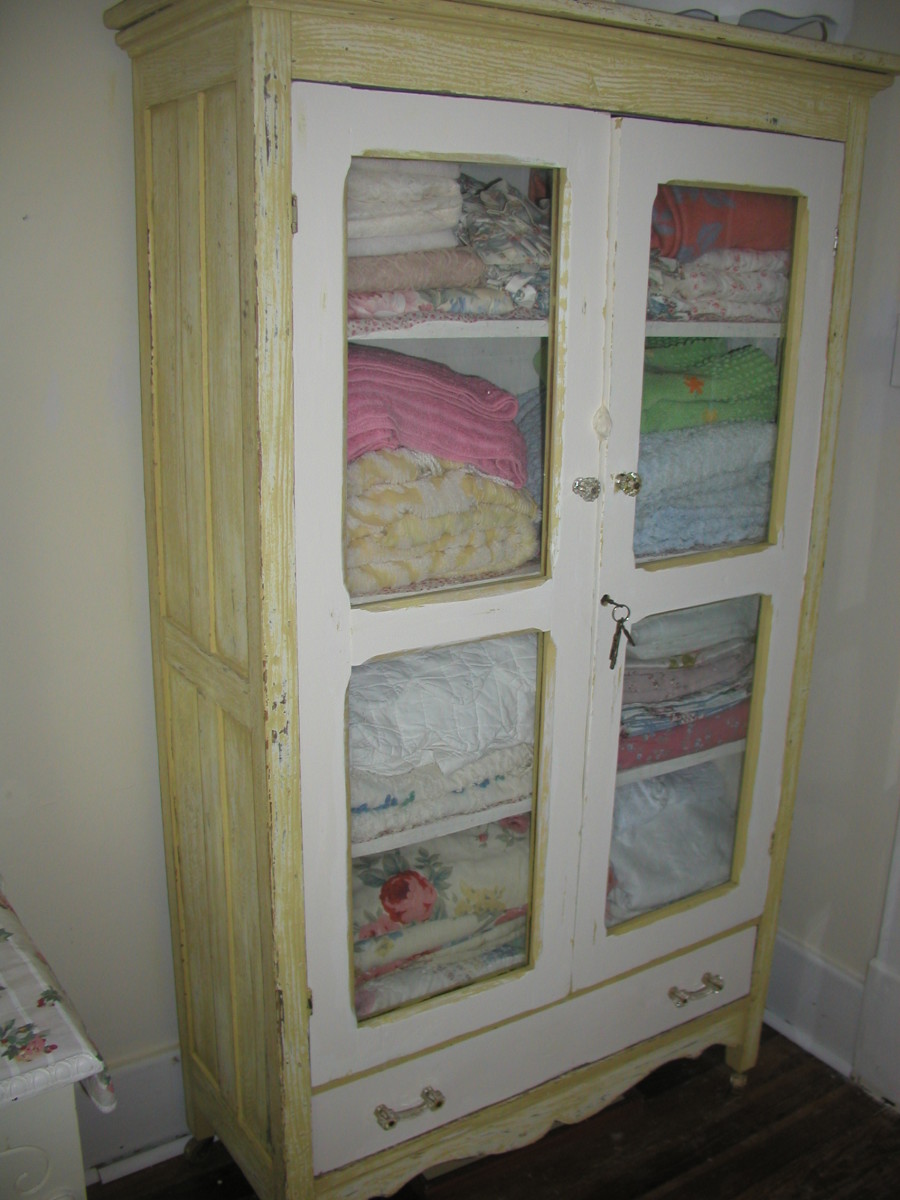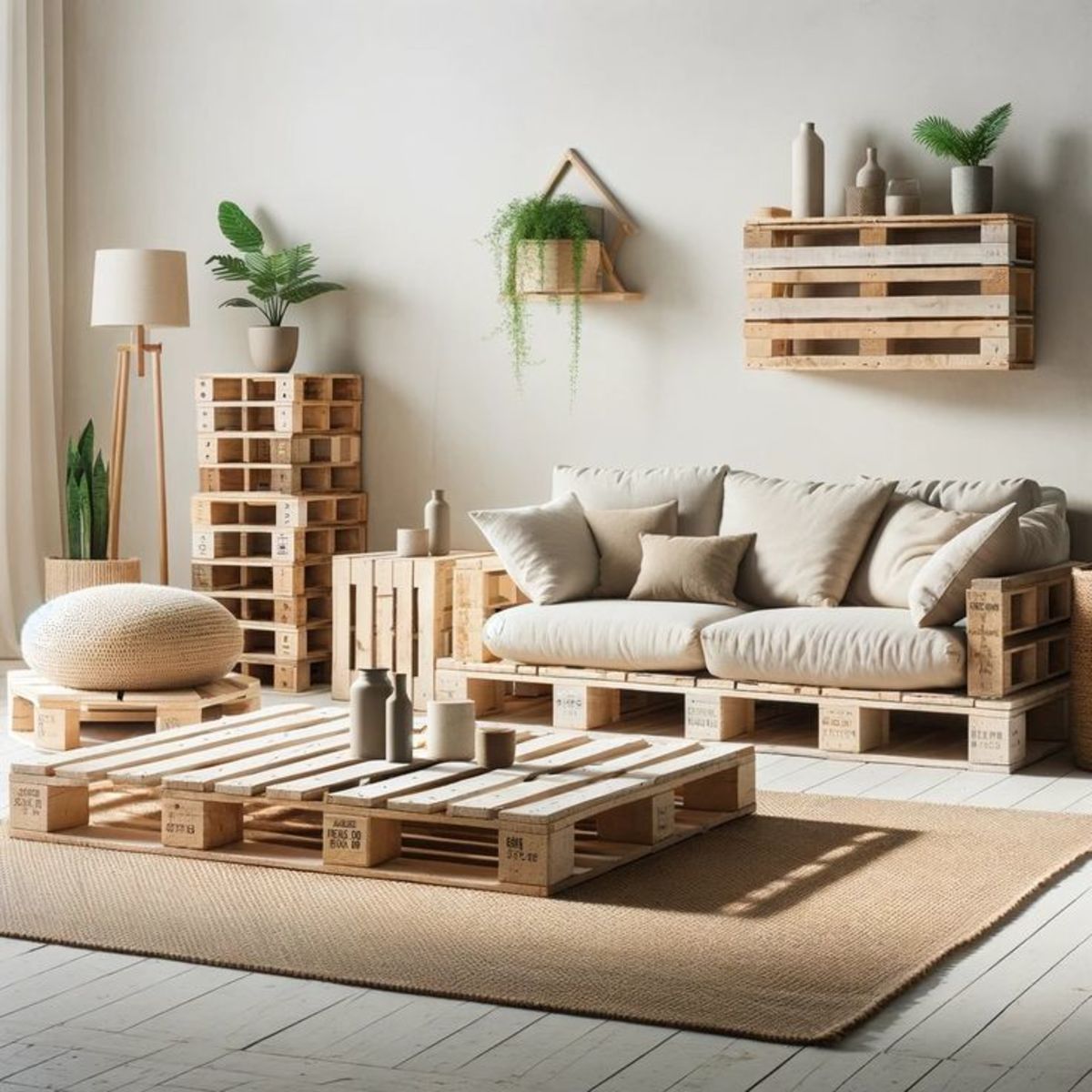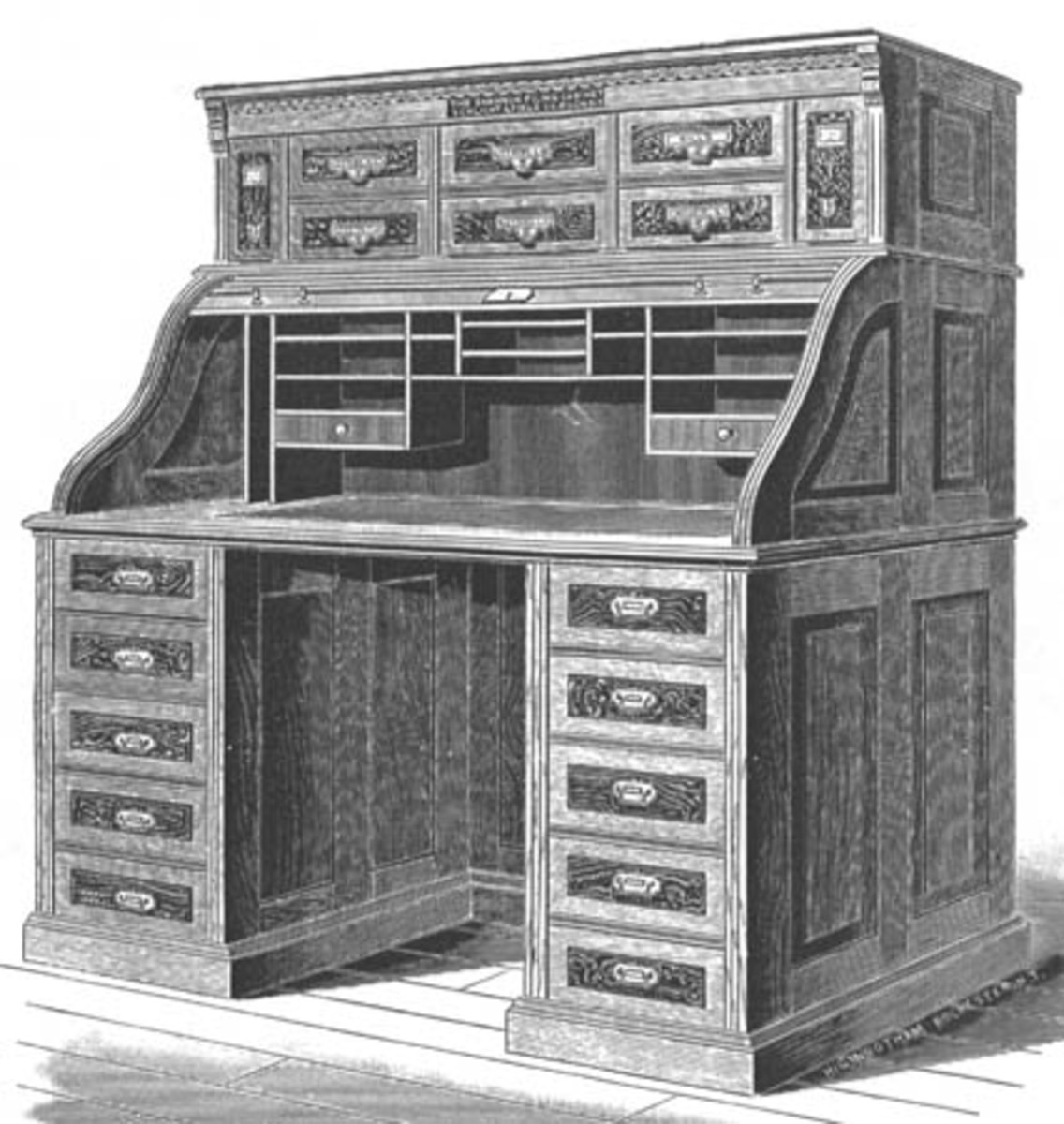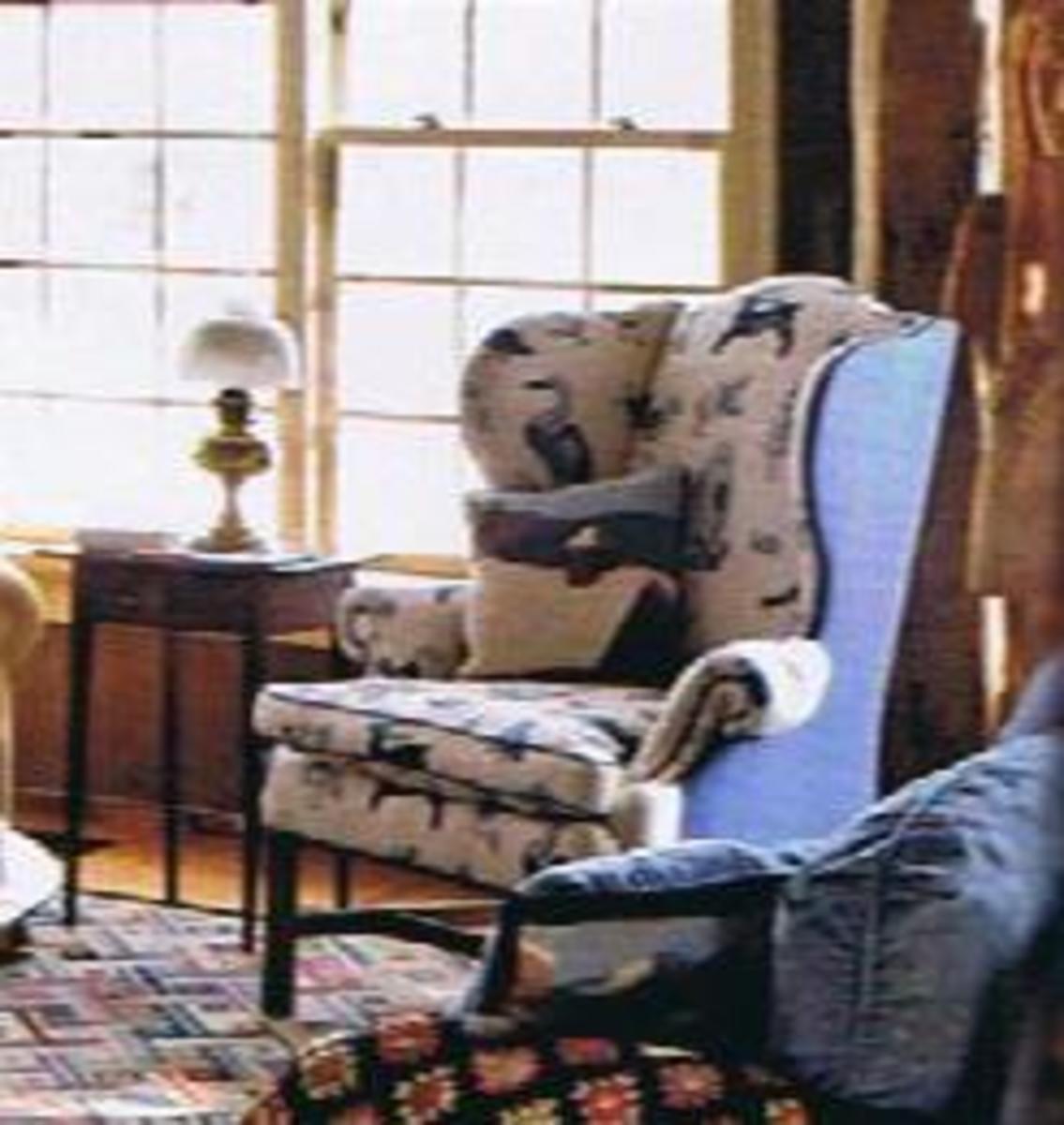French Provincial Style Furniture
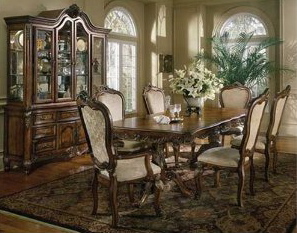
A gentle breeze wafts through the french doors and rustles the antique curtain as a softly dappled sunlight streams into the living-room, illuminating the off white, curved legs of a rustic chest of drawers. The whole scene smacks of history, warmth and the French art of living...
French provincial style furniture has become very popular of late, perhaps as a reaction to the aggressively modern style that has dominated over the last decade or so. This is a very soft, warm and romantic style and suits cottage houses and even modern homes and beach houses. Certainly well a chosen piece here and there can really give a room a lift.
As the name suggests French Provincial comes originally from the rural areas of country France in the seventeeth and eighteenth centuries and combines natural materials such as wood and iron, with light, bright shades and hues. A blending of natural wood with white is also characteristic of the style and can look stunning in a cabinet or a kitchen table with chairs. The 'shabby chic' look borrows heavily from the original French Provincial style, as in the scene below:
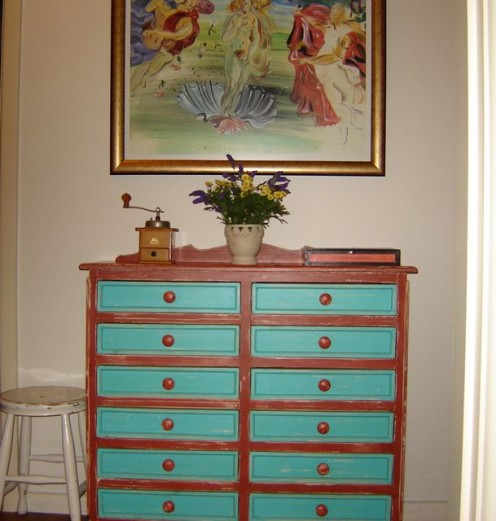
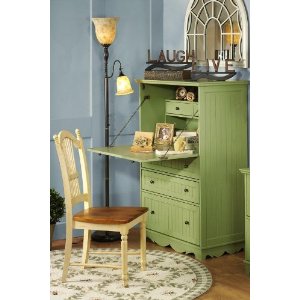
Natural French Provincial
Unlike many contemporary designs which uitilise harsh, angular lines and smooth and shiny chrome and metal, French Provincial has a very earthy, rustic feel reminiscent of the stone floors and rough plastered walls of another era. This style can transport you to another time and place.
The style originated during the reign of Louis XV, as rural craftsmen began to copy the elaborate furniture pieces that were so popular in the high fashion centres of Paris and Lyon. Much of the provincial furniture was made using local timbers such as beech, oak, or walnut and fruit-tree woods and complemented by the use of nature's own colours - soft blues, greens, golds and whites.
French Provincial draws from a deep well of design influences. lt may be either simple or ornate with curved and carved motifs, delicate filigree work or plain, simple lines. One reason it is such a varied style is because the French provinces were subject to various multi-cultural influences over many, many years, including, lslamic, Spanish, Indian and Chinese - thus, the style covers different periods of influence.
Louis XV style furniture makers, for example, were fascinated with Chinese motifs, known as Chinoiserie. In addition, the close proximity of France to Italy and the rest of Europe added to the pot porrie of exotic influences. It's a rich style with a rich, varied history.
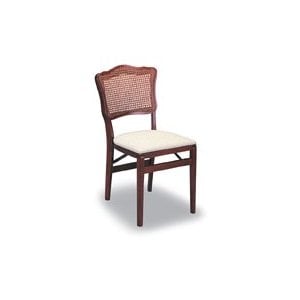
Lived In
Perhaps the greatest and most enduring feature of the French provincial style is it's lived-in, aged feel, which gives it a special ambiance and a sense of the past.
Interesting textures, curved lines and delicate, washed colors create an intimate feel that is a million miles away from the cold, often sterile features characteristic of so much modern furniture.
